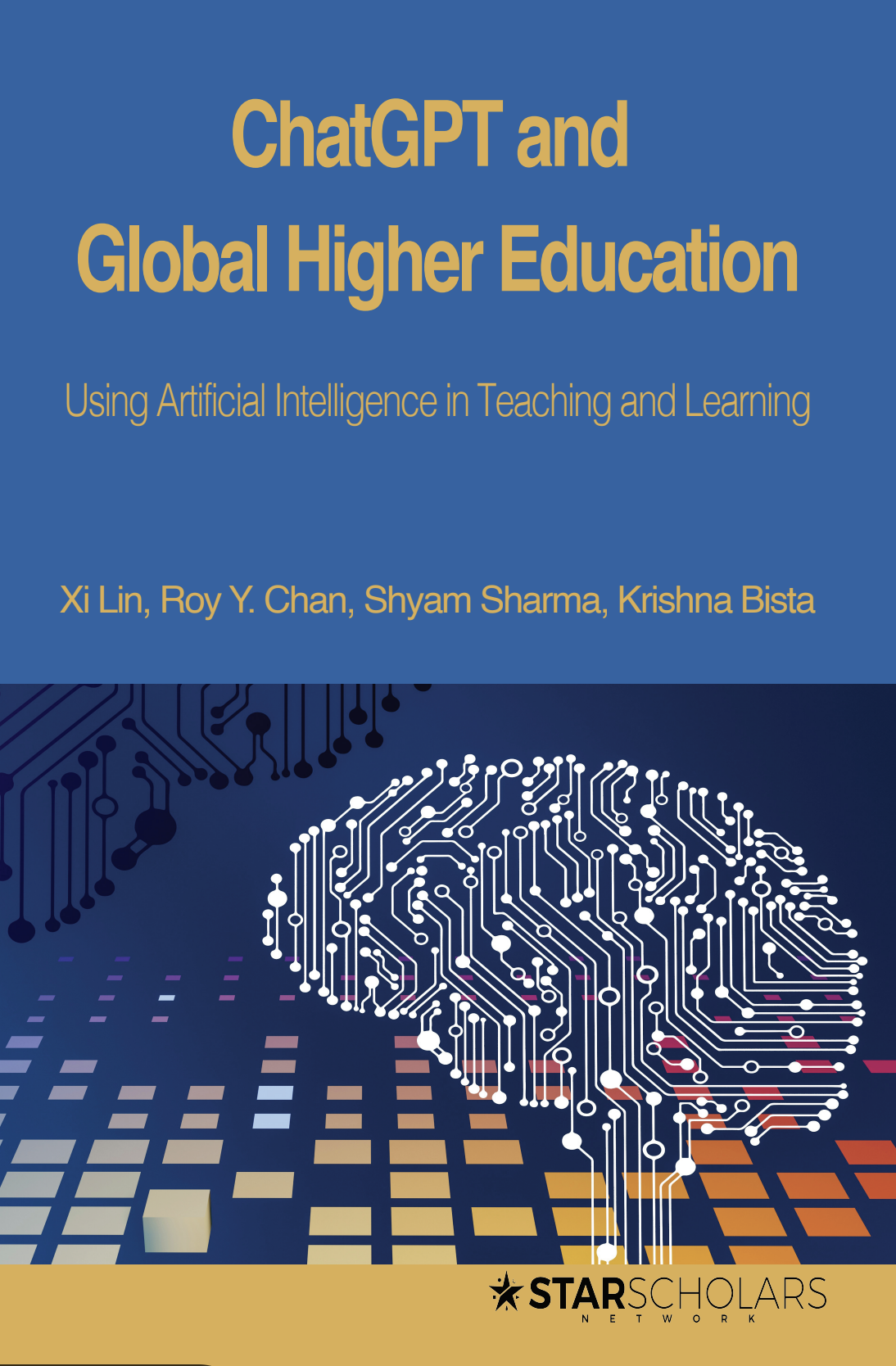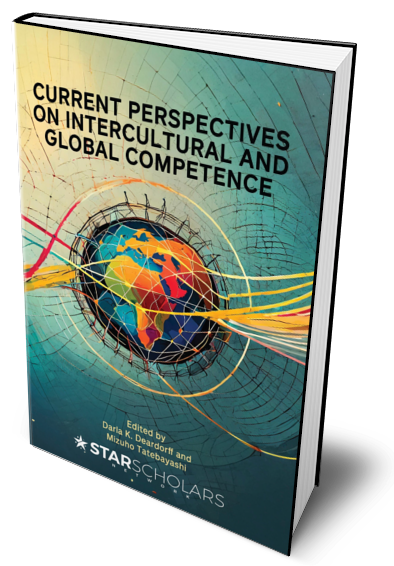
Internationalisation of the Curriculum: A Comparative Perspective across Australian and Vietnamese Universities
Synopsis
This book compares the nature and practice of internationalisation of the curriculum at the policy, institutional, and classroom levels in Vietnam and Australia: the former an Asian, developing, and sending country of international students, and the latter an Anglophone, developed country, and a major education export provider.
By examining curriculum internationalisation practices in these two vastly different socio-cultural contexts, the book contributes to the understanding of the magnitude and the range of differences regarding national and institutional responses to the common call for curriculum internationalisation. It addresses the impacts of the latest technological, political, economic, and sociocultural developments and COVID-19 on higher education internationalisation, as well as the digitalisation of international education. Crucially, it responds to a critical gap in the literature by not only investigating curriculum internationalisation policies and their implementation, but how faculty staff and students experience and engage with internationalisation of the curriculum in their home context, and how they position themselves and are positioned by the structural conditions with regard to curriculum internationalisation. The authors utilise document analysis, in-depth interviews and focus groups from a four-year research project. The research employs a unique conceptual framework combining practice architectures theory and Barnett and Coate’s conceptualisation of curriculum as knowing-acting-being.
Providing rich inputs for new ways of thinking and doing to enhance educational quality and the learning experiences of all students, the book is a valuable resource for researchers, academic staff, practitioners, leaders, and students in higher education and international and comparative education.




